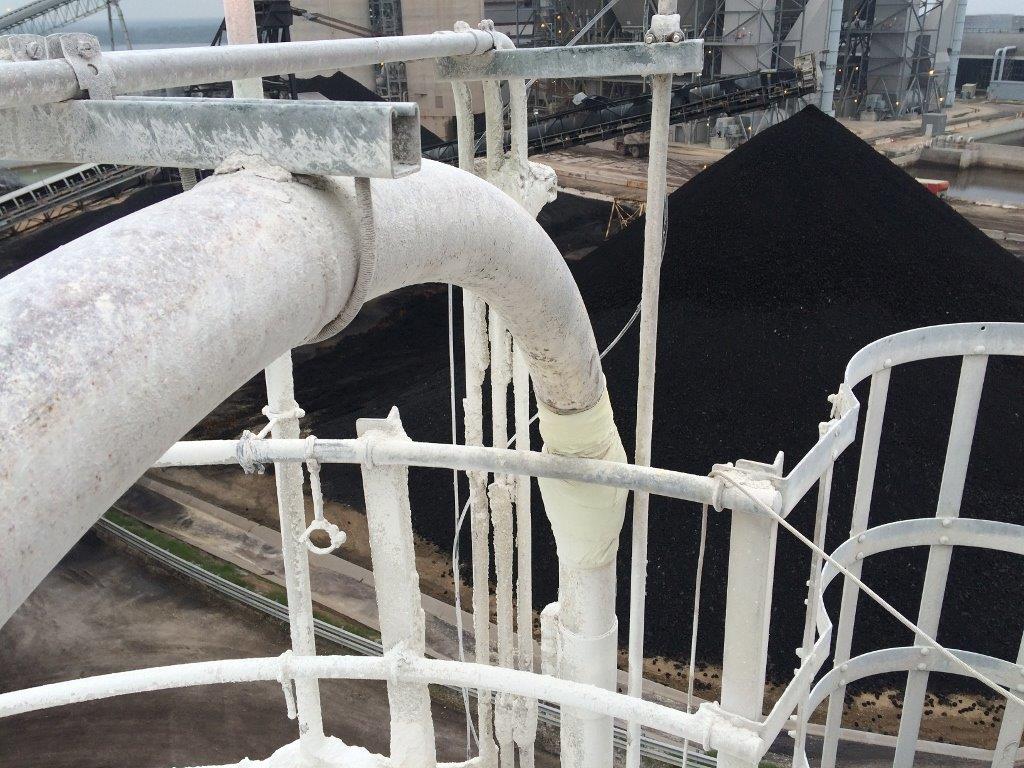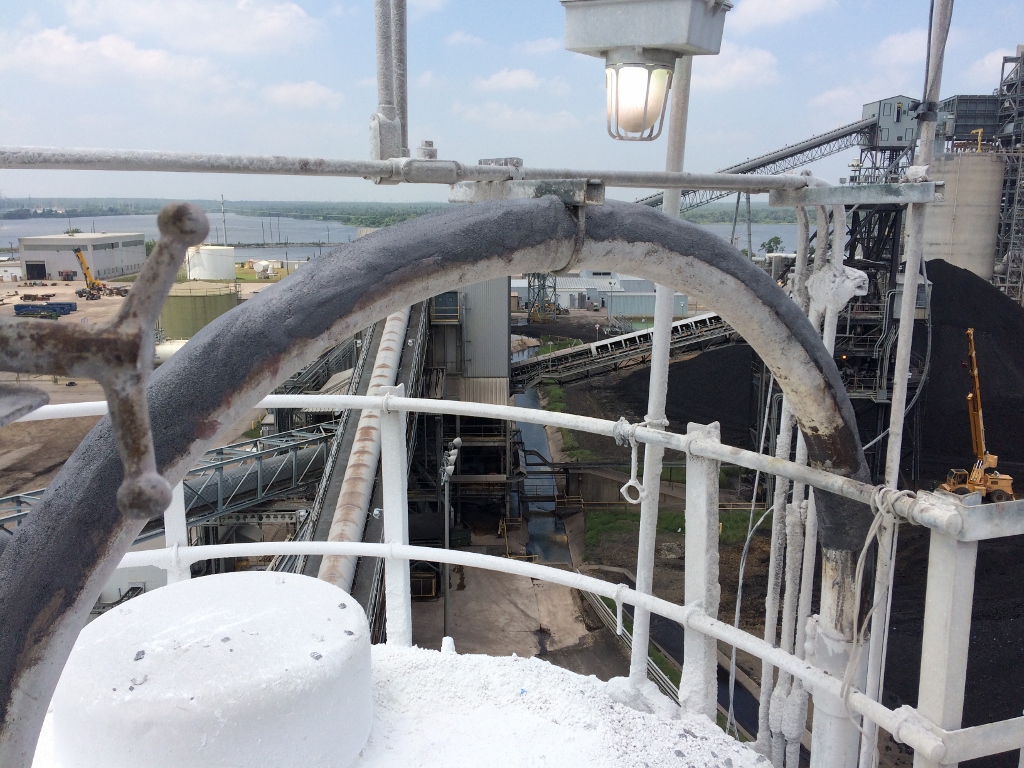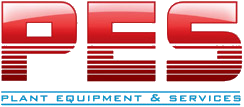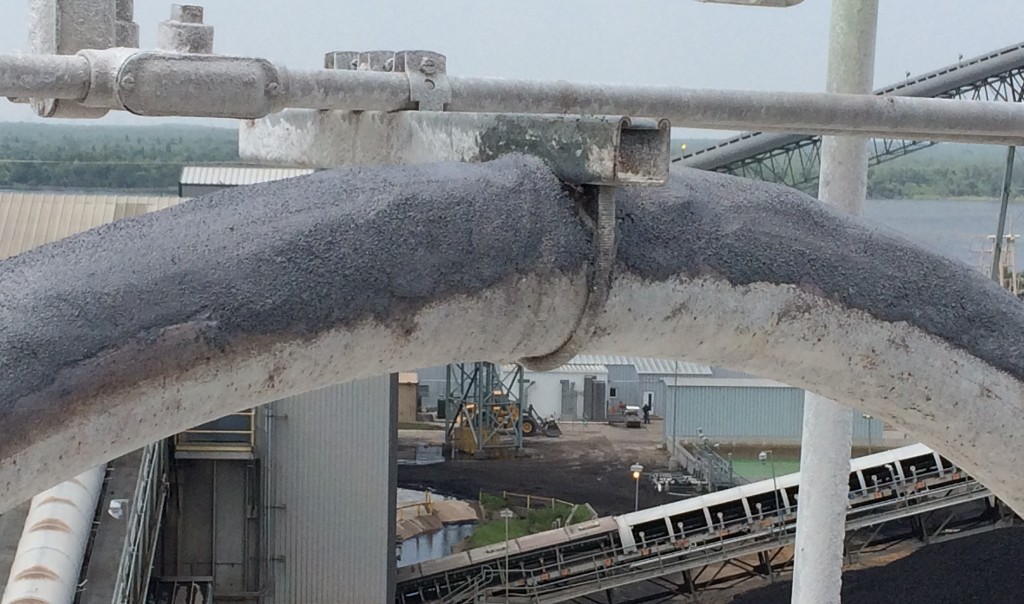Your plant is similar to that of a big ship traveling toward a destination. Imagine waves splash across the bow, rain falls in and the corroding water eats holes in the hull. Leaks start, a trickle at first and then a torrent. What do you do? Many individuals select to either turn on more pumps or buy a really big pump, at a high financial penalty in terms of ongoing operating costs and the equipment budgets. Another, more economical option is to fix the leak entirely. Pneumatic pipe repair is essential in maintaining efficiency, reliability, stability and cost effectiveness. Here are a few reasons why repairing these leaks is crucial for your plant.
Leaks Can be a Source of Wasted Energy
Leaks can be a significant source of wasted energy in a pneumatic piping, also known as an industrial compressed air system. Sometimes they can waste up to 20-30% of a compressor’s output. Typically, a plant that has not been maintained will likely have a leak rate of at least 30 percent of total compressed air production capacity or higher. Proactive leak detection is essential and repairs can reduce leaks to less than 10 percent.
Other Operating Losses
Additionally, pneumatic pipe leaks can also contribute to other operating losses. They cause a drop in system pressure, which can make air tools function less efficiently, adversely affecting production. By forcing the equipment cycle more frequently, leaks can also shorten the life of the majority of the equipment (including the compressor package itself). With increased running time, additional maintenance and increased unscheduled downtime may also be required. Finally, leaks can also cause the adding of unnecessary compressor capacity as well.
Establishing a Leak Prevention System
An aggressive leak reduction program for pneumatic pipes should be established by all facilities containing compressed air systems. A cross-cutting team involving decision-making representatives from production should be established as well. A good compressed air system leak repair program is essential in maintaining efficiency, reliability, stability and cost effectiveness. In order to have a good leak prevention program the following should be included:
- Identification (including tagging)
- Tracking
- Repair
- Verification
- Employee Involvement
Before and After with PES 182
PES Solutions can repair these holes and will coat the pipe from clamp to clamp. We use a two component composite system for protecting and repairing substrates against fine particulate abrasion and erosion.The system is based on toughened epoxy novolac resins and closely packed ceramic aggregates, which allows profile change to improve flow.


Contact us with the link below for more information!


Amber Clay liked this on Facebook.